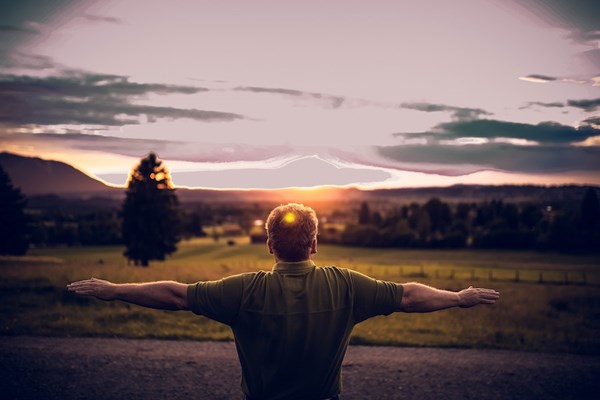
I arrived at a seven day meditation retreat feeling rattled and restless. Although I had been meditating for years and attended many silent retreats, this one felt different. I was unsure how to proceed. As a Zen student, I had plenty of experience meditating in open awareness where I observed the arising and falling of phenomena without a particular object of attention such as breath or body. This practice often led me to the experience of emptiness, where subject and object fell away in the open sky of awareness.
But at this retreat, I was too jumpy to settle into my familiar practice. A trusted inner voice encouraged me to focus on the first foundation of mindfulness – mindfulness of the body – as my primary practice. At first I resisted. I wasn’t a beginner and this seemed too basic. But I quickly found that resting my attention on the rhythmic in and out movement of my breath, feeling my body on the cushion, and the sensations arising and falling as I meditated, eased my mind and grounded me in the present, which carried me through the days with unexpected ease and joy.
The Buddha taught that, of the four foundations of mindfulness – body, feelings, mind, and dharmas – the first foundation offers the most stability for our attention. This is because the body, although it does change over time, is the most reliable, least changing of the four. Contemporary somatic (body) practices strongly resemble and are often identical to the very practices Buddha recommended in the first foundation of mindfulness. They are designed to help us ground our attention in the present through our bodies and disidentify with our often overactive minds, which can support us in addressing strong emotions, restlessness, even trauma and grief. This is especially needed now after years of Covid, escalating climate change, and ongoing social inequity.
David Cabrera and I will be offering a somatic and self-compassion workshop on October 15 to help you work with stress and grief in your life. We hope to see you there.
